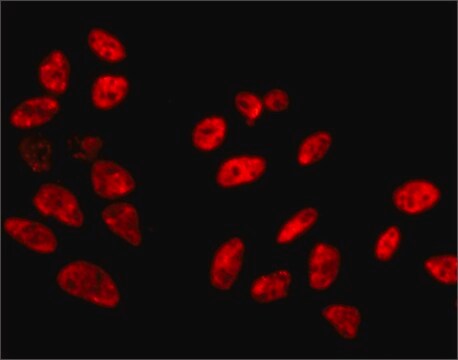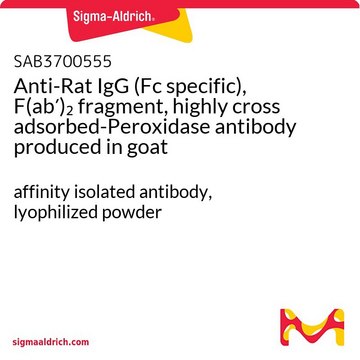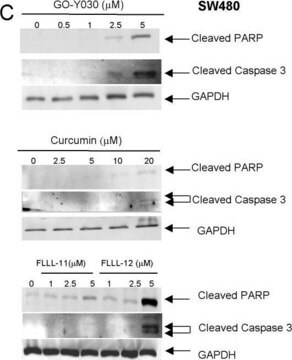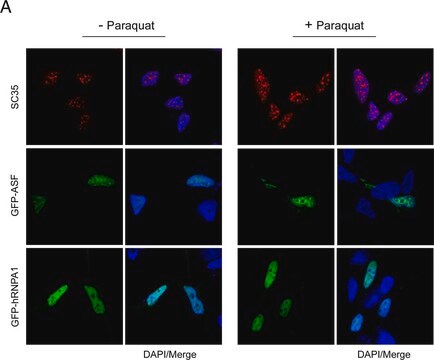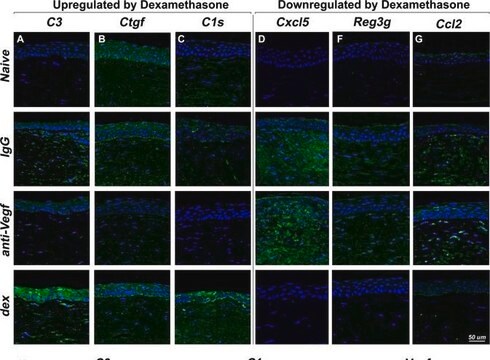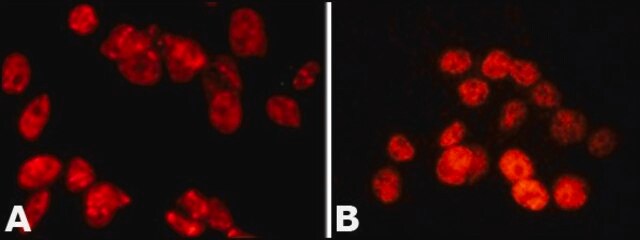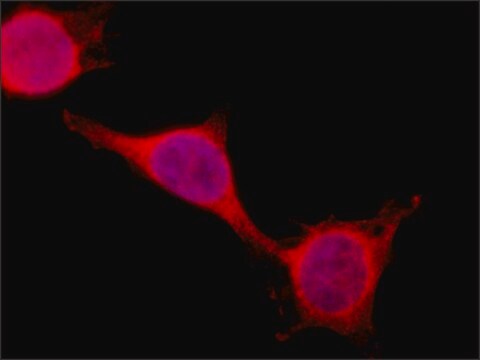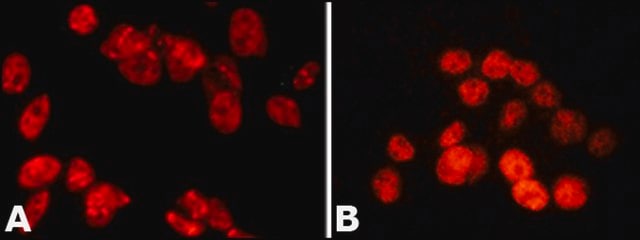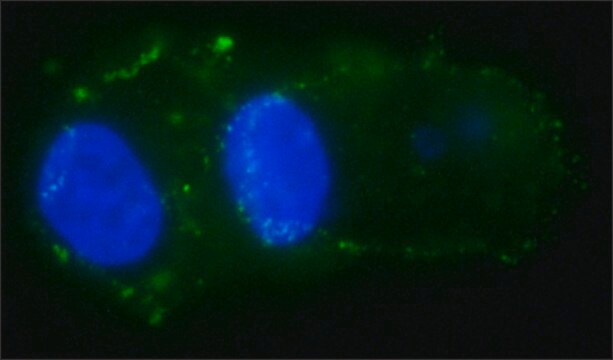SAB4200503
Anti-PSPC1 antibody, Mouse monoclonal

clone 1L4, purified from hybridoma cell culture
Sinónimos:
Monoclonal Anti-PSP1, Monoclonal Anti-PSPC1 antibody produced in mouse, Monoclonal Anti-paraspeckle component 1
About This Item
Productos recomendados
origen biológico
mouse
Nivel de calidad
conjugado
unconjugated
forma del anticuerpo
purified from hybridoma cell culture
tipo de anticuerpo
primary antibodies
clon
1L4, monoclonal
Formulario
buffered aqueous solution
mol peso
antigen ~60 kDa
reactividad de especies
human, rat, mouse
validación mejorada
independent
Learn more about Antibody Enhanced Validation
1 of 4
Este artículo | SAB4200067 | SAB4200068 | SAB4200473 |
|---|---|---|---|
| clone 1L4, monoclonal | clone polyclonal | clone polyclonal | clone 4A7, monoclonal |
| conjugate unconjugated | conjugate unconjugated | conjugate unconjugated | conjugate unconjugated |
| antibody form purified from hybridoma cell culture | antibody form affinity isolated antibody | antibody form affinity isolated antibody | antibody form purified from hybridoma cell culture |
| Gene Information human ... PSPC1(55269) | Gene Information human ... PSPC1(55269) | Gene Information human ... PSPC1(55269) | Gene Information human ... EPCAM(4072) |
| biological source mouse | biological source rabbit | biological source rabbit | biological source mouse |
Descripción general
Inmunógeno
Aplicación
Acciones bioquímicas o fisiológicas
Forma física
Cláusula de descargo de responsabilidad
¿No encuentra el producto adecuado?
Pruebe nuestro Herramienta de selección de productos.
Código de clase de almacenamiento
12 - Non Combustible Liquids
Clase de riesgo para el agua (WGK)
nwg
Punto de inflamabilidad (°F)
Not applicable
Punto de inflamabilidad (°C)
Not applicable
Elija entre una de las versiones más recientes:
Certificados de análisis (COA)
¿No ve la versión correcta?
Si necesita una versión concreta, puede buscar un certificado específico por el número de lote.
¿Ya tiene este producto?
Encuentre la documentación para los productos que ha comprado recientemente en la Biblioteca de documentos.
Nuestro equipo de científicos tiene experiencia en todas las áreas de investigación: Ciencias de la vida, Ciencia de los materiales, Síntesis química, Cromatografía, Analítica y muchas otras.
Póngase en contacto con el Servicio técnico